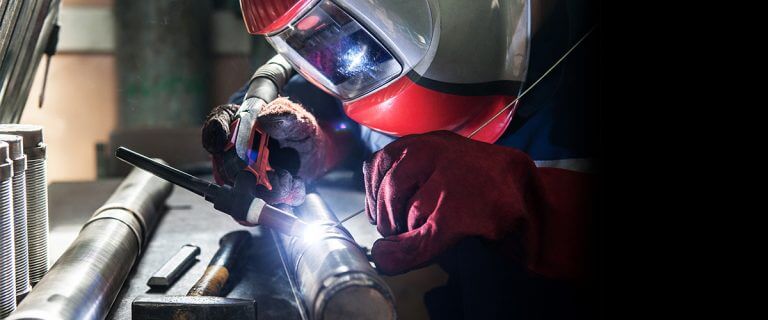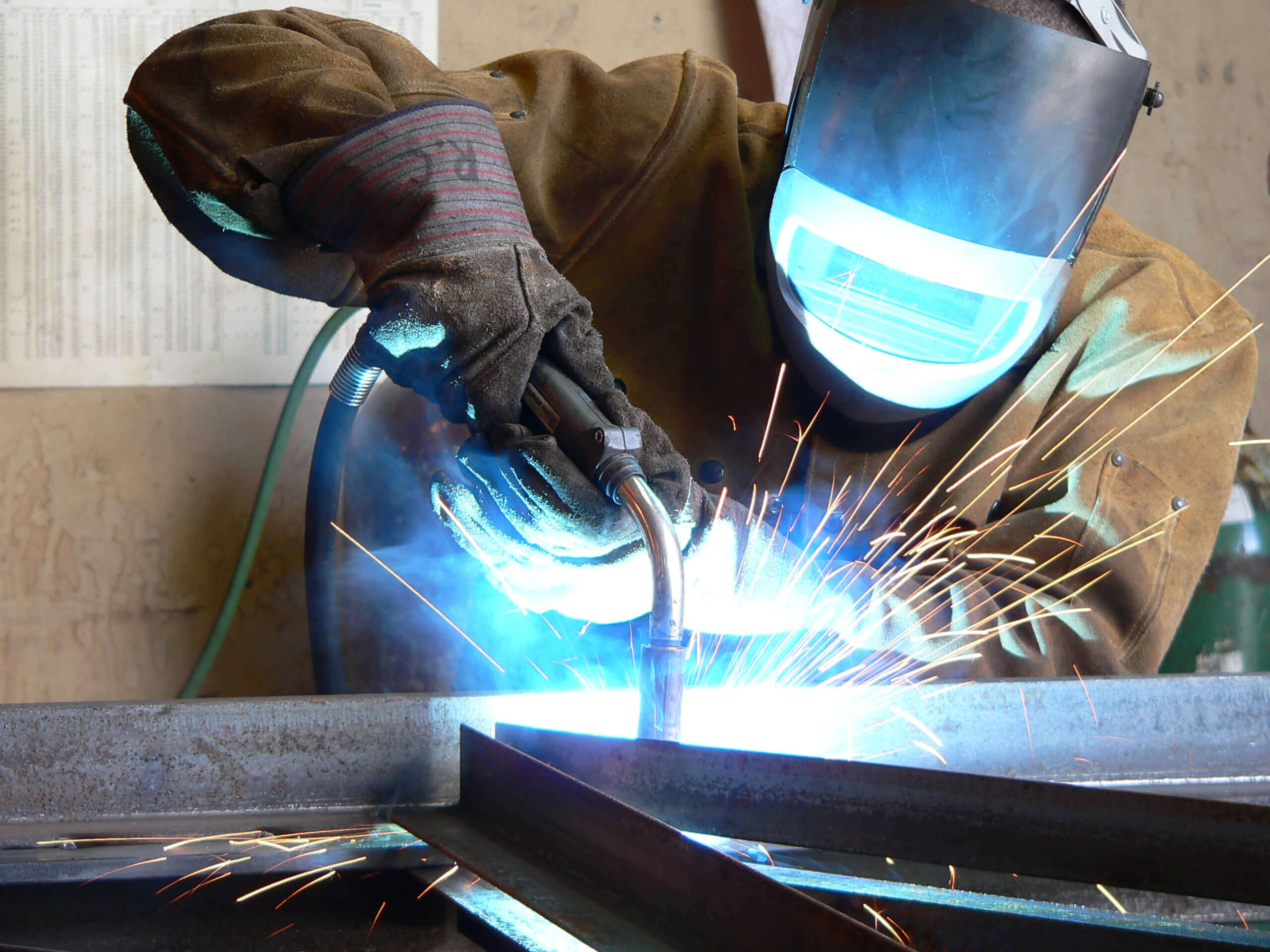What is the best gas for TIG welding austenitic stainless steel?
The secret to an excellent welding job is improved productivity, fewer rejects and a better working environment. But which gas can deliver all of this, while TIG welding austenitic stainless steel?
Kevin Sherry, UKI Lead Welding Applications Specialist at Air Products, explains why two percent hydrogen added to pure argon is the magic ingredient.

As with other types of stainless steels, austenitic stainless steels are corrosion and oxidation resistant due to the presence of chromium that forms a self-healing protective film on the surface of the steel. Despite their toughness and strength, they are the most easily weldable of the stainless steel family and can be welded by all welding processes. But how can you improve the welding gas quality to deliver an even better result?
Argon is generally used during the TIG welding (tungsten inert gas) process, due to its heavy weight that blankets the weld, but there are quality and productivity advantages in mixing it with other gases in the process, such as hydrogen.
Adding just two percent hydrogen to pure argon will save welders time and money, while creating a more enhanced welding performance that produces a large range of benefits: increased welding speed, improved penetration, lower gas consumption and overall costs, and lower ozone emissions. The hydrogen enhanced gas, such as Air Products’ Inomaxx® TIG welding gas, also produces less surface oxidation, which improves the finished quality of the weld and requires less post-weld cleaning. This gas also meets or exceeds the requirements of ISO 14175 and AWS A5:32 welding consumables, giving welders reassurance they’re meeting international quality standards.
Alternatively, switching from pure argon to N5 NH5 (five percent hydrogen in nitrogen) mixture when purging and backing gas for austenitic stainless steel will remove any remaining oxygen inside the pipe or object that is being welded to avoid contamination, while improving the root bead penetration at a lower amperage
Enquire now

